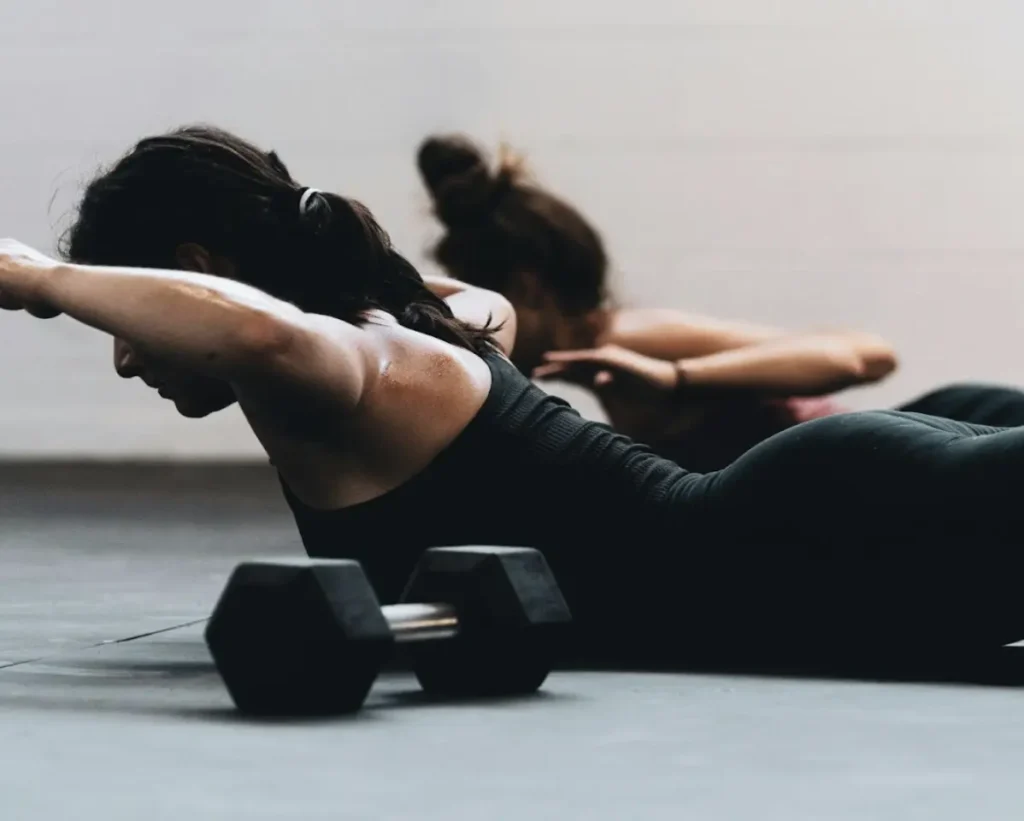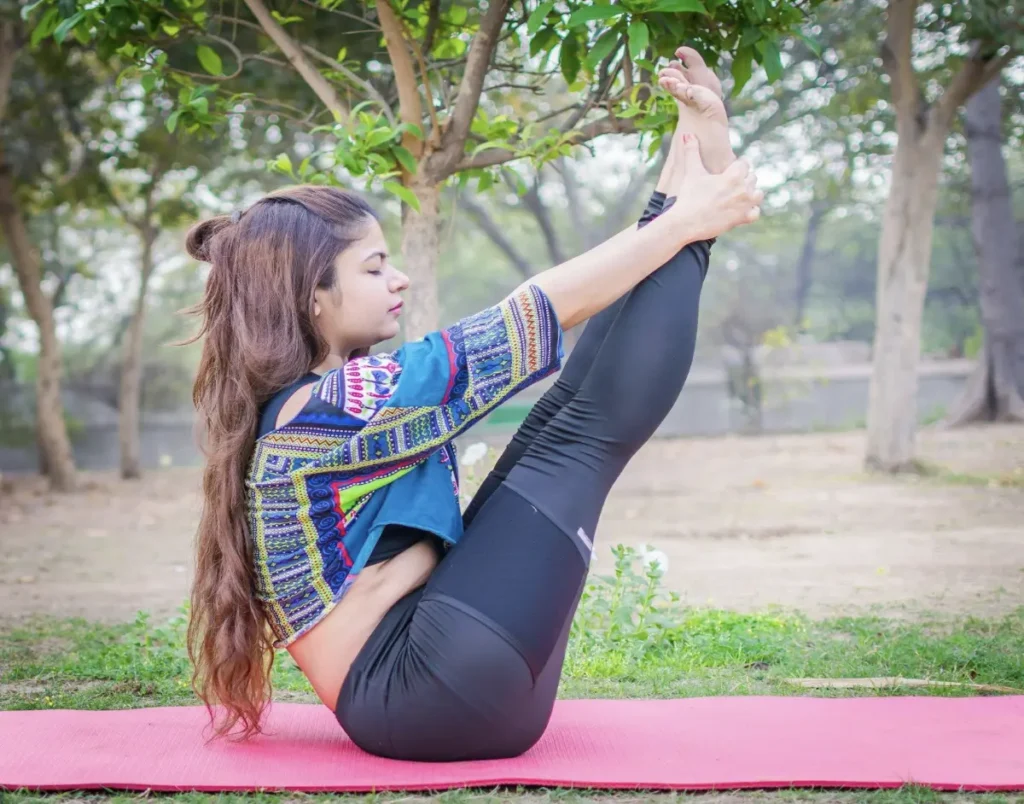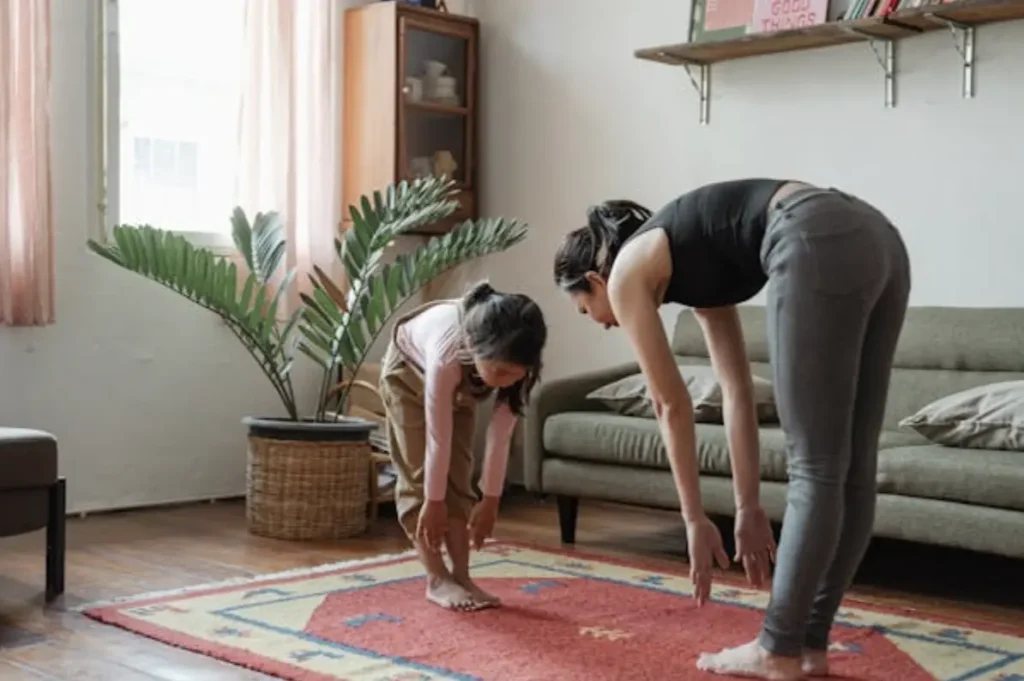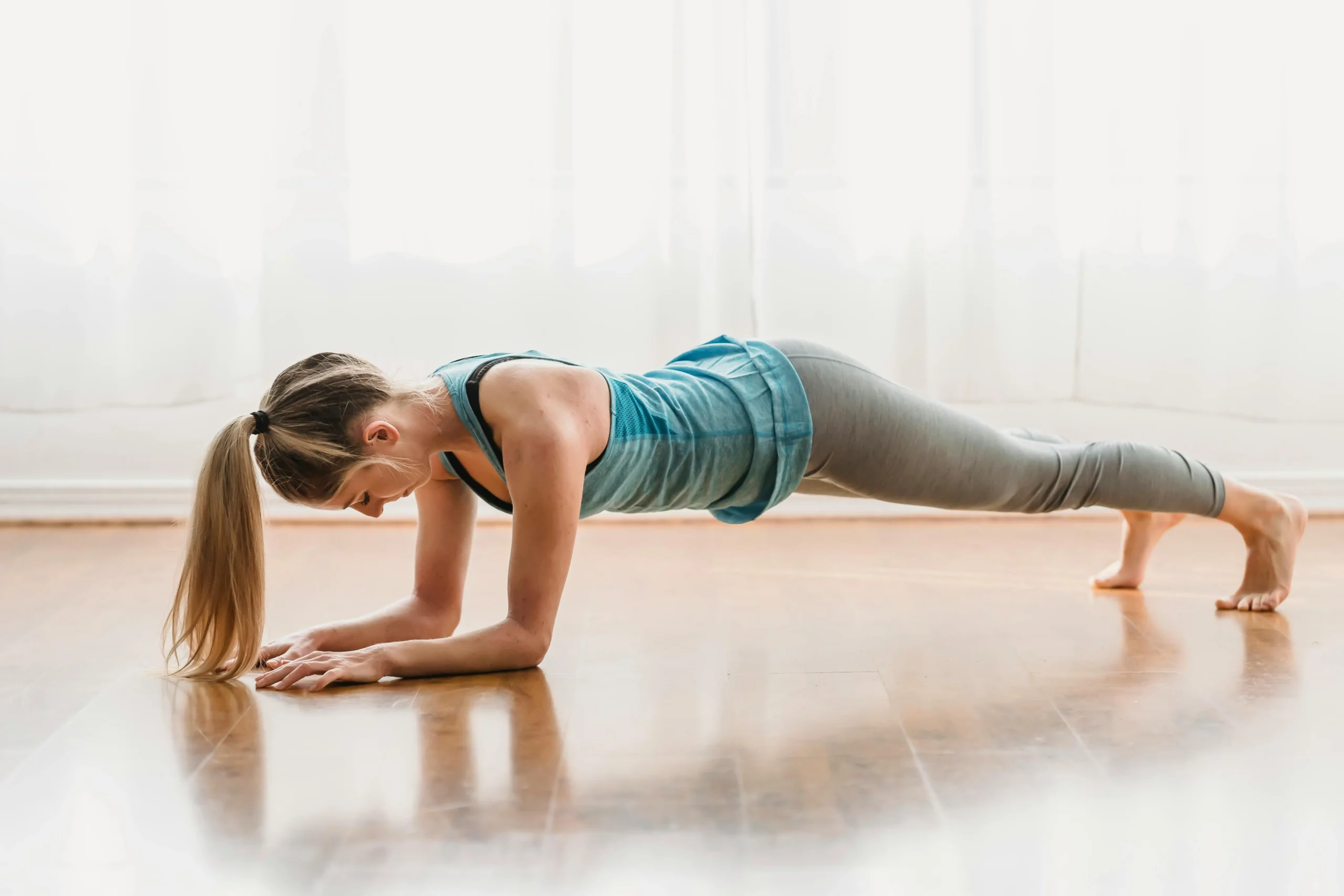Are you looking to maintain your physical activity pyramid? You don’t need to worry. This guide will help you to maintain your physical activity pyramid. Maintaining an active lifestyle is crucial for preserving your physical and mental health. It might be difficult to create an exercise schedule that is well-rounded, though, whether you’re just starting or have been working out for years and want to experiment with your regimen.
Table of contents
- What is Physical Activity?
- Different Types of Physical Activities
- What is the Physical Activity Pyramid?
- Benefits of Physical Activity Pyramid
- Physical Activity Pyramid Levels For Child
- Physical Activity Pyramid For Adults
- How Much Exercise Should You Do?
- Use the Physical Activity Pyramid to Get Started
- Energy balance
- Frequently Asked Questions
- 1. What is the Physical Activity Pyramid?
- 2. How can the Physical Activity Pyramid help me?
- 3. What types of physical activities does the Pyramid include?
- 4. How often should I engage in physical activities according to the Pyramid?
- 5. What are the benefits of following the Physical Activity Pyramid?
- 6. Is the Physical Activity Pyramid suitable for all age groups?
- 7. How can I start incorporating the Physical Activity Pyramid into my routine?
- 8. What does the top of the Pyramid represent?
- 9. Can the Physical Activity Pyramid help with weight management?
- 10. Where can I find more information about creating a personalized physical activity plan using the Pyramid?
- Conclusion

Regular physical activity can enhance your well-being and lower your chances of acquiring various physical health problems, in addition to making you feel good about yourself. Heart disease, stroke, hypertension, diabetes, asthma, several malignancies, type 2 diabetes, and osteoporosis are a few examples.
Exercise may be very beneficial to your health and wellness, whether you wish to take up yoga for the first time or just undertake active household tasks, yard work, or dog walks.
The complete details about this activity are below.
What is Physical Activity?
Any movement of the body that results from the contraction of skeletal muscles and that significantly raises the body’s energy expenditure in comparison to resting is referred to as physical activity.
For example, Moving around, clapping, shopping, going upstairs, and performing household tasks like scrubbing, washing windows, cutting garlic, and so on are typical instances of physical exercise.
Energy expenditure is higher for some activities than for others. It’s not the same as typing in an office and hauling luggage to the job site. However, none of these should be mistaken for actual physical activity. Let’s learn more about the various kinds of physical activity.

Different Types of Physical Activities
Physical activities come in various forms, and they are frequently grouped according to the kind of movement they entail and the intensity with which they are performed.

The following categories apply to different forms of physical activity:
Aerobic: Exercises include swimming, jogging, and brisk walking. Low, moderate, and vigorous define the three levels of intensity.
Strengthening: Exercises that build strength include pushups, weightlifting, and gardening.
Flexibility: Yoga and stretching activities are two examples.
Balance: Exercises such as tai chi, yoga, and heel-to-toe walking.
Every form of physical exercise has unique health advantages, so it’s critical to make an effort to include them all in your weekly schedule.
What is the Physical Activity Pyramid?

The Physical Activity Pyramid serves as a useful tool for individuals to schedule their physical exercise so that it becomes a simple, daily habit. Similar to the food pyramid, the physical activity pyramid has the largest and most significant daily activities for healthy living at the bottom and the least helpful activities, or ones you should only do occasionally, at the top.
The Physical Activity Pyramid aims to reduce your inactive time and gradually enhance your physical activity level. People have been able to increase their level of activity and establish a desirable, healthful routine that can support and even enhance their cardiac and musculoskeletal health as well as boost endurance.
To help you effectively arrange your physical activities, we present to you the Pyramid of Physical Activity.
Benefits of Physical Activity Pyramid
The following are the main benefits of using this pyramid and encouraging children to be physically active, even if you probably already know these:
- It helps patients maintain weight control to prevent issues related to being more weight.
- It succeeds in greatly enhancing the child’s skeletal and muscular system.
- The child attains improvement in areas like balance, strength, flexibility, and coordination.
- It is also a means of “regulating” the energy of kids who are unable to control it.
- It lowers the child’s risk of developing conditions like degenerative or cardiovascular disorders.
- Additionally, it instills in you a lifelong healthy habit.
Physical Activity Pyramid Levels For Child

It’s time for you to learn about the components that make up this pyramid after you have grasped its meaning. It is important to note that the discussion revolves around tasks that individuals need to complete every day, often multiple times a week, and on particular days, starting from the bottom up. As seen in the figure, it has four levels.
Level 1
You should try to limit the amount of time you spend sitting still during the day to no more than two hours at level 1, the base of the pyramid. Daily tasks like walking the dog, helping with grocery shopping, climbing the stairs at home, or going for a walk are encouraged at the base.
Level 2
Flexibility exercises including yoga, Pilates, gymnastics, and stretching are focused at this level. Additionally, engage in physical activities that build muscle, like rock climbing, rope climbing, and elastic band workouts.
You should dedicate two or three days a week to this kind of activity. Additionally, you have to work your muscles more than usual and frequently during the day to complete it.
At a second level, they start to cover what constitutes activities that ought to be created, at the very least, once or twice a week. In particular, these are athletic specializations that enhance dexterity, strength, and endurance, as well as coordination.
Level 3
You must engage in aerobic exercise here. As an illustration, consider sports, games, and leisure activities like cycling, skating, jogging, and leaping.
For at least half an hour, these exercises should be performed three to six days a week. Furthermore, it needs to be made sure that the pulsations increase more quickly than usual when it is being executed.
These activities are designated to be performed multiple times a week and are located in this area of the physical activity pyramid. Above all, these are outdoor activities that will enhance the children’s well-being among other benefits.
Level 4

The children at this age have to walk to and from school every day.
They can also keep up with the school’s everyday activities. For instance, during activity clubs and recess. Take part in afternoon games three or four times a week.
They should go on leisurely walks, bike rides, park or pool visits, etc. on the weekends.
For at least an hour, these exercises have to be performed every day of the week, or almost every day. Additionally, they ought to continue with a modest vigor.
Children can also engage in aerobic exercises like swimming or mild running, as well as various sports like basketball and football.
Physical Activity Pyramid For Adults

Adults have a pyramid that resembles the one for children’s physical activity. Nutritional pyramids are a topic of much debate, but this idea might also be used to describe many forms of physical activity.
I’m going to show you the adult physical activity pyramid now, which illustrates in graphic form what we can all do daily to start moving more.
1. Strength and Flexibility
At the top level of the pyramid, we may find and perform stretching and muscle-building activities two or three times per week. These would be quick activities with maximal intensity.
Strength :
- It encompasses every major muscle.
- Perform 1-3 sets or sets of 8–12 repetitions.
Flexibility :
- Engage in 10-minute flexibility exercises no less than twice a week.
2. Aerobic Activities
As we’ll see in the next stage, we can add cardiovascular exercises and more rigorous activities to our daily routine three to five days a week.
We can perform push-ups, pull-ups, squats, and other comparable exercises.
It is advised that you do,
- Every week, engage in moderate-intense exercise for at least 150 minutes (2 hours and 30 minutes)
- Vigorous exercise for a minimum of 75 minutes, or one hour and fifteen minutes.
3. Lifestyle Pursuits

The bare minimum required to lead an active life is at the base of the pyramid. Did you know that lifestyle activities fit where they belong on the physical activity pyramid?
Walking, swimming, taking the stairs rather than the elevator, and other lifestyle activities are included in the lowest rungs of the physical activity pyramid.
I propose that we start with daily activities typically found at the base of the pyramid, which will enable us to gradually transition away from a sedentary lifestyle that detrimentally impacts our health.
How Much Exercise Should You Do?
Health officials are emphasizing the value of regular, moderate physical activity more and more. Not only does it aid in the battle against obesity, but it also promotes general health. Furthermore, a lot of us don’t take it seriously.
What is the bare minimum of physical activity that each age group requires to stay healthy?
Scholars have been concerned about this issue for a while, and they have come to a certain consensus on it—something that hasn’t happened with nutrition.
Use the Physical Activity Pyramid to Get Started
Starting to include new activities from the pyramid into your daily routine is a great approach to getting some substantial health advantages. But, experts advise starting gently by doing the exercises at the base and skipping some at the top if you’re new to exercising or just getting back into it. You can add extra activities after your body adjusts to movement.
Regardless of physical activity level, everyone should work on reducing high-impact activities like watching TV, playing video games too much, and spending extended amounts of time sitting still or inactively.
The physical activity pyramid can assist you in making adjustments that can reduce health risks and enhance your general well-being and quality of life in a matter of weeks.
Energy balance
The pyramid’s summit displays a balance scale, signifying the necessity of striking a balance between the energy you expend (activity) and the energy you consume (food). When you balance your daily caloric intake from food with your activity, you achieve an energy-balanced state. Keeping your body composition in a healthy range requires that you maintain this energy balance.
Frequently Asked Questions
1. What is the Physical Activity Pyramid?
The Physical Activity Pyramid, as a visual guide, helps individuals incorporate a variety of physical activities into their daily routines in a structured manner. It outlines different types of exercises and activities at various levels of intensity and frequency, encouraging a balanced and holistic approach to physical fitness.
2. How can the Physical Activity Pyramid help me?
The pyramid assists in creating a well-rounded exercise routine by categorizing activities based on their benefits and recommended frequency. It aims to reduce sedentary behaviors while progressively increasing physical activity levels, thereby improving cardiac and musculoskeletal health, endurance, and overall well-being.
3. What types of physical activities does the Pyramid include?
The Pyramid includes a range of activities such as aerobic exercises (swimming, jogging, brisk walking), strength-building activities (pushups, weightlifting), flexibility exercises (yoga, stretching), and balance activities (tai chi). It encourages incorporating these varied activities into your weekly schedule for comprehensive fitness.
4. How often should I engage in physical activities according to the Pyramid?
The Pyramid suggests daily lifestyle activities at its base (like walking or taking the stairs), flexibility and strength exercises two to three times a week at the second level, aerobic exercises three to six days a week at the third level, and minimizing sedentary behaviors like prolonged sitting or screen time.
5. What are the benefits of following the Physical Activity Pyramid?
Adhering to the Pyramid’s guidelines can help maintain weight control, enhance skeletal and muscular systems, improve balance, strength, flexibility, and coordination, reduce the risk of various health conditions, and instill lifelong healthy habits.
6. Is the Physical Activity Pyramid suitable for all age groups?
Yes, the Pyramid is adaptable for different age groups, including children and adults. While the core principles remain the same, individuals can adjust the intensity and types of recommended activities to suit their age, fitness level, and health conditions.
7. How can I start incorporating the Physical Activity Pyramid into my routine?
Begin by integrating more daily lifestyle activities and gradually add in structured exercises from the other levels of the Pyramid. It’s important to start slowly, especially if you are new to exercising, and progressively increase the intensity and variety of activities as your fitness improves.
8. What does the top of the Pyramid represent?
The top of the Pyramid highlights the importance of energy balance, signifying the need to maintain equilibrium between the energy consumed through food and the energy expended through physical activity. Achieving this balance is crucial for maintaining healthy body composition.
9. Can the Physical Activity Pyramid help with weight management?
Yes, by promoting regular physical activity and reducing sedentary behaviors, the Pyramid can aid in weight management. It emphasizes the importance of energy balance and encourages activities that help burn calories and build muscle, which are key factors in weight control.
10. Where can I find more information about creating a personalized physical activity plan using the Pyramid?
Consulting a fitness professional or a healthcare provider can provide personalized advice based on your health status and fitness goals. Additionally, many health and fitness websites offer resources and tools for creating tailored exercise plans based on the Physical Activity Pyramid principles.
Conclusion
In conclusion, the Physical Activity Pyramid serves as a practical guide for integrating various forms of physical activity into daily life, promoting overall health and well-being. By following its principles and gradually increasing activity levels, individuals can reduce health risks, improve fitness, and maintain a balanced lifestyle, ultimately leading to a higher quality of life.
